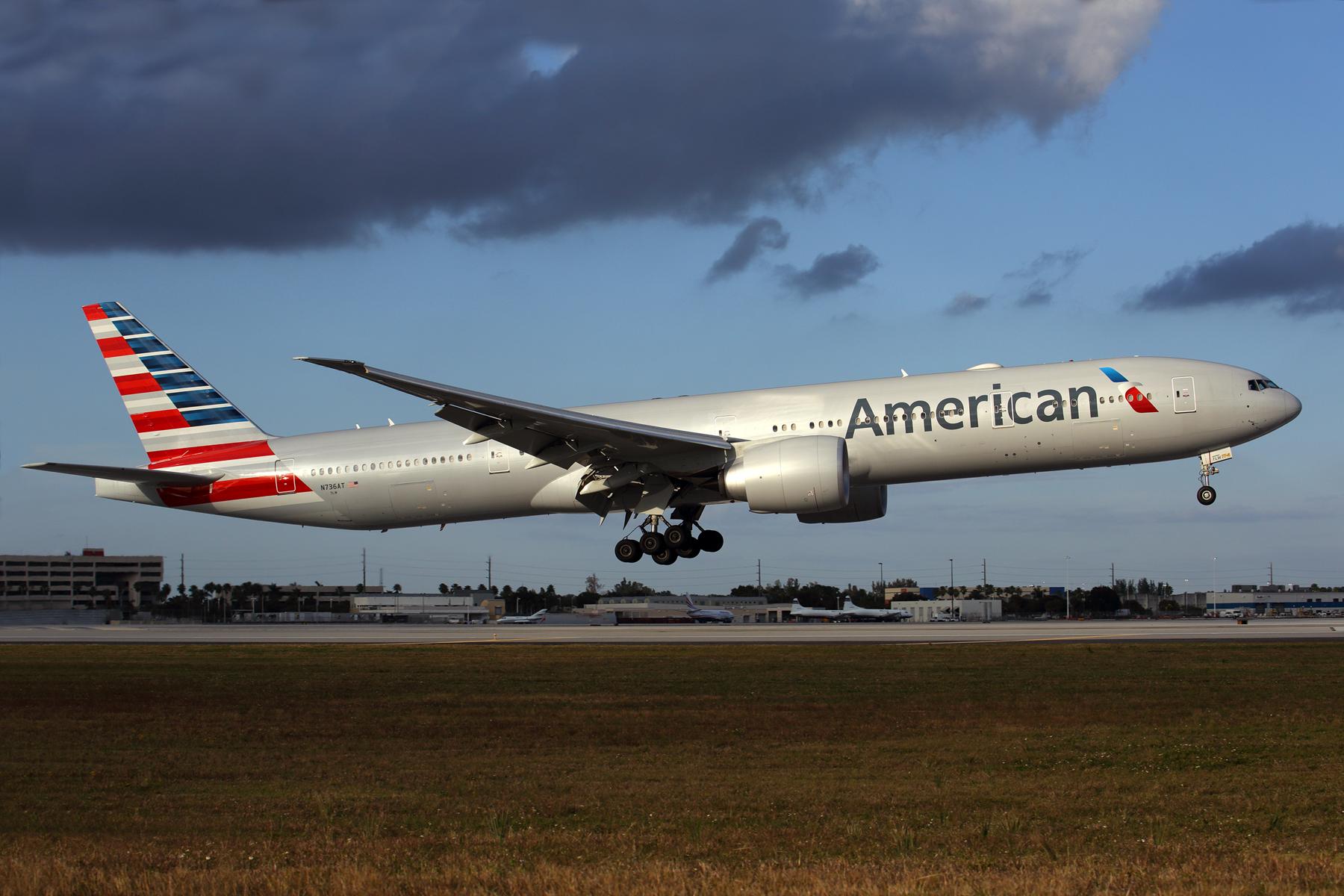
WASHINGTON—The pot of $29 billion in loan guarantees available for U.S. airlines comes with more restrictions than comparable amounts of available payroll grants, including minimum staffing requirements, though the preliminary U.S. Transportation Department (DOT) procedures leave several major questions unanswered.
Both the loans and grants allocated in the $2 trillion Coronavirus Aid, Relief, and Economic Security (CARES) Act signed into law Mar. 27 would be distributed based on specific parameters. The grants are straightforward: airlines are eligible to receive the equivalent of their 2019 second- and third-quarter (Q2 and Q3) salaries and benefits as reported to the DOT. Sworn financial statements can be used for airlines that do not file. Passenger carriers—defined as an airline that generated at least 50% of its 2019 Q2 and Q3 revenue from passenger revenue—will share a $25 billion pot. Cargo carriers will tap into an additional $4 billion allocation.
In exchange for accepting grant money, recipients must agree to use the funds “exclusively for the continuation of employee wages, salaries, and benefits,” though not necessarily for only the six-month equivalent that the grants are based on. Another caveat: while there is no specified minimum employment levels, “involuntary” layoffs or furloughs are not allowed through Sept. 30. Taken together, the conditions combined with airlines exercising voluntary staff reductions seem to leave open the possibility that grants will cover more than six months’ worth of payroll and benefits.
“Airlines have already had significant success attracting workers with unpaid voluntary furlough schemes (though in [American Airlines’] case there are also options that include a modest level of minimum pay),” wrote J.P. Morgan analysts in a Mar. 31 investor note. “We’ve also confirmed that there’s no practical way workers can reverse their participation in such schemes, now that CARES has come into law. Our point is that aggregate industry compensation expense [in Q2 and Q3] is already likely to emerge meaningfully below the 2019 levels that will determine potential grants, even while abiding with the prohibition against wage reductions and involuntary furloughs.”
Scheduled passenger airlines accepting grants also “may be required, to the extent reasonable and practicable,” to maintain service to all U.S. destinations in their schedules as of Mar. 1. The semantics are different than the comparable provision in the procedures that will dictate how $29 billion in airline loans—also allocated in a $25 billion/$4 billion split for passenger and cargo carriers—will be secured. Among DOT’s requirements for loans: A scheduled passenger carrier ... “must comply with requirements to maintain scheduled air transportation service” that was in its Mar. 1 schedule that DOT “deems necessary.”
Loan application requirements include providing payroll size, debt levels, operating plans, and both 2019 traffic results and pre-coronavirus pandemic projections for 2020. The loan terms do not specify what the money must be used for, but certain expenses, including stock buybacks and dividends, are not allowed until a year after the funds are repaid.
Loan recipients also “will” keep “employment levels” at their Mar. 24, 2020 amount “to the extent practicable,” until Sept. 30, 2020, the guidelines said. Staff reductions of more than 10% will not be permitted.
Applicants also must provide evidence that they “cannot reasonably obtain credit elsewhere.” Several U.S. majors have lined up credit since the COVID-19 illness’s spread made it clear that demand would plummet and stay low for the foreseeable future. Some airlines are believed to still be shopping, and it is not clear whether they must exhaust those efforts before getting government loans, or strategically sequence the funding, J.P. Morgan said.
Carriers receiving loans also must provide the U.S. Treasury Department “financial protection,” such as shares or warrants. But the onus is on the applicant to propose a deal, and DOT’s guidance offers no hint at the government’s expectations.
“There’s no language suggesting that grants be determined on a sole, best and final offer at the time of application,” J.P. Morgan wrote. “In other words, negotiations related to equity (or other) compensation appear likely to occur, and we still can’t identify at what cost.”
American Airlines plans to pursue its share of the loans and grants, totaling about $12 billion. “These funds are being distributed to ensure continuation of essential airline service and project jobs,” American CEO Doug Parker and president Robert Isom wrote in a Mar. 30 employee memo. “We intend to apply for these funds and are confident that, along with our relatively high available cash position, they will allow us to fly through even the worst of potential future scenarios.”
American said it will continue to accept applications for early retirements and “enhanced voluntary leave” through the end of the day on Apr. 3. DOT encourages companies to file grant applications by the close of business on the same day, and said applications received after Apr. 27 “may not be considered.” Loan deadlines and the formal application were not released.
Contractors have their own grant allocations totaling $3 billion. CARES defines contractors as caterers, on-airport functions “directly related” to passenger and cargo transportation. The bill also includes subcontractors, which may cover some maintenance, repair, and overhaul shops. The grants do not specify that MRO shops are included but make clear that all eligible contractors operate “on the property of an airport.”
FAA-certificated repair stations are specifically listed as being loan-eligible, with funding coming out of the airline pots. Repair stations must abide by the same applicable requirements as airlines.
DOT’s guidance also applies to a $17 billion pot of loan money earmarked for “businesses critical to maintaining national security,” which includes aircraft and engine manufacturers. Parts makers, distributors and other suppliers that do not qualify as critical national security can seek other financial support, such as through the Small Business Administration’s $349 billion “Paycheck Protection Program” included in the CARES act. The program provides loans of up to $10 million to eligible businesses, most of which have 500 or fewer employees.





